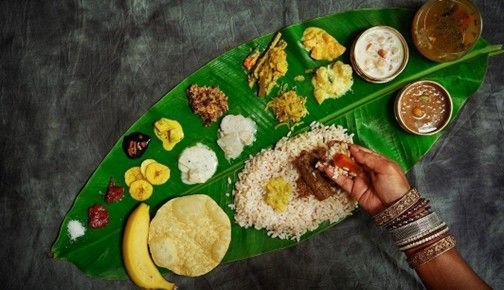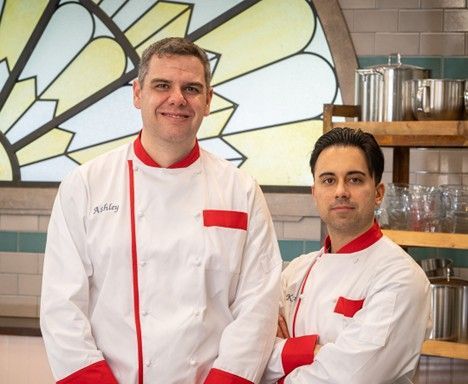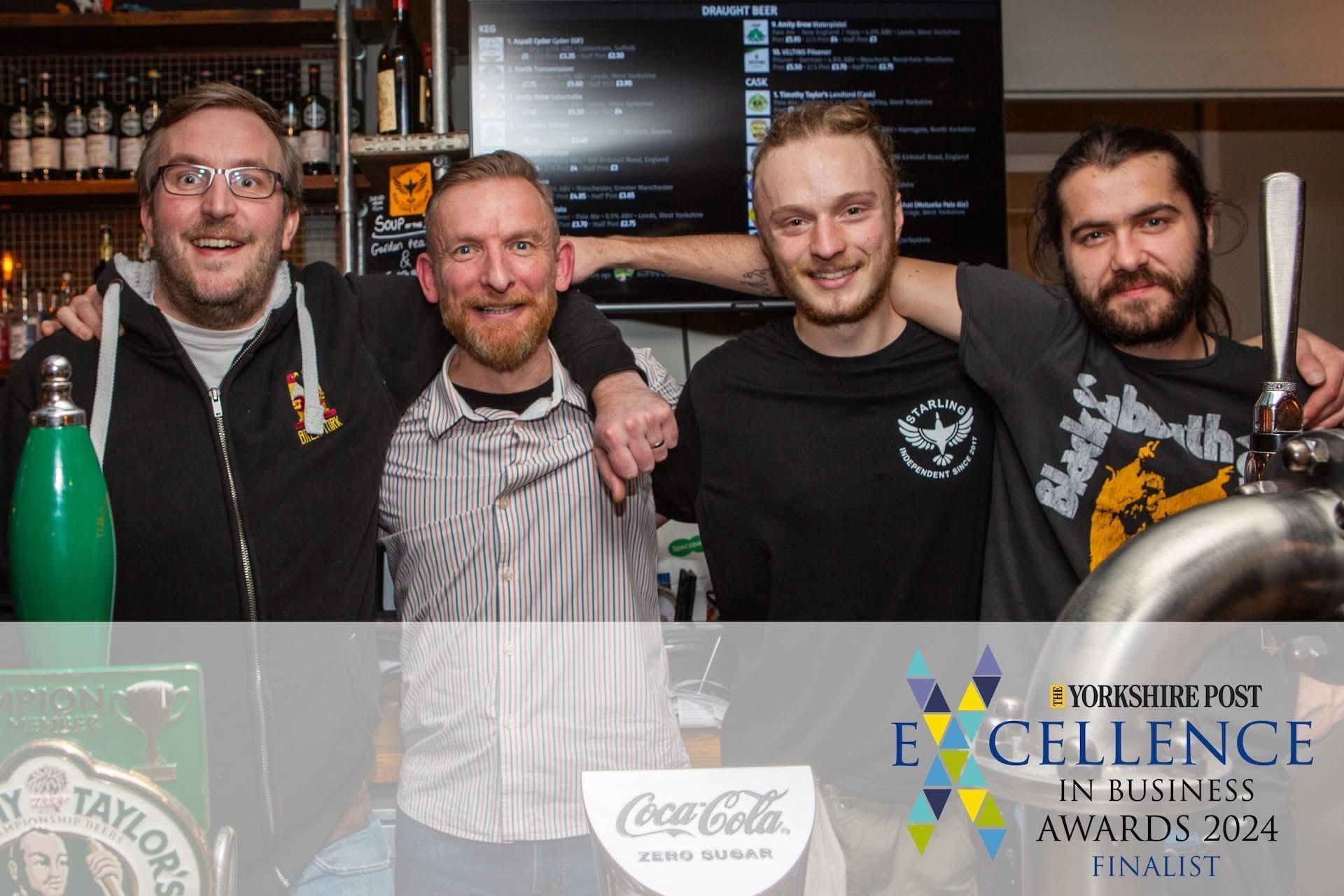Love and Canarian Gastronomy
January 2024

Happy New Year. We hope you are all well after the festive season and ready to continue your food journey this year. There is a food experience for every month of the year so we will be sharing our experience of those we have experienced ourselves over the last year to give you inspiration.
It’s Valentine’s Day coming up so what better way to show your love than take your other half on a food tour – the way to the heart is through the stomach after all. A little cheeky offer – 10% off all tours booked until end of March with the code LOVE24. Love IS a many splendored thing.
Our food experience over Christmas was very non traditional as we visited the island of Tenerife. Not really known as a gastronomic destination, we were pleasantly surprised to discover several Canarian specialities. The two I remember from my previous trips to these volcanic isles are the Papas Arrugadas (wrinkled potatoes) and Mojo , which comes in red or green varieties. New potatoes are boiled in salt water until it evaporates leaving them lovely and soft with a wrinkled appearance. They are often eaten with the mojo - a sauce made with peppers and cilantro (coriander). You can try the green or the red or the ‘picante’ - the spicy variety!
Unsurprisingly being an island in the Atlantic ocean, seafood is order of the day in the Canaries. Their Christmas is celebrated European style on the 24th December with a feast of great proportions and a huge array of seafood - lobster, langoustines, mussels and scallops were all on offer. Cooked simply but well with the addition of garlic, herbs and olive oil, all were so tender and fresh in their taste. Bacalao encebollado (fresh cod with peppers, onions, garlic, oregano, thyme, smoked paprika, and white wine) epitomises the local cuisine and is really the Canarian perfect dish: with papas arrugadas and mojo of course.
The islands have always acted as a link between Spain and the Americas and many islanders have emigrated to the New World over the last few hundred years. Over recent years, however, many of their descendants have returned and you will find a South American influence very apparent in the cuisine. A particular dish I was fond of was Conejo en salmorejo – rabbit marinated in herbs and spices - having long been a fan of the Spanish dish conejo al ajillo (rabbit in garlic).
So when you’ve eaten your Canarian feast, what local beverages are on offer? Canarian wine of course. We visited the Bodega Monje on slopes overlooking the ocean on the north coast of the island with Mount Teide poking up in the distance. The particular microclimate is ideal for the vines to produce a range of grapes including Listán negro and negromoll. Unlike the windier islands like Lanzarote where the vines are planted individually and protected from the wind by their own tiny curved walls, these are grown more traditionally on the hillside. The wine heritage of the Monje family started in 1750 and followed them from Cuba to Tenerife. Now it’s an ideal place to have a tour around their cellars, discovering the techniques used over the centuries and how they have changed. Then, of course, you get to taste the wine on their terrace overlooking the wines and the ocean below. I wanted to try a wine pairing I had not tasted before so chose the rather unusual; two dessert wines paired with chocolates. My two favourites food groups: wine and chocolate. The chocolates were their own product too being made with vinegar. I was slightly worried when they told me that but I have to say, I tasted them and they did not taste like vinegar, thankfully.
If you go to the Canaries, try out these great dishes, embrace the seafood experience or try them yourself at home. The recipes are easy to find online and you can see a video of our Christmas Eve feast on Instagram at Canarian Feast and our bodega visit at Bodega Monje











